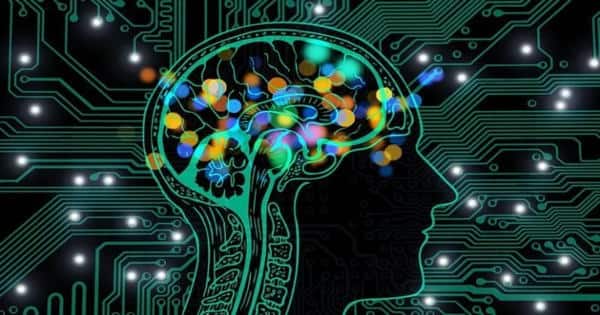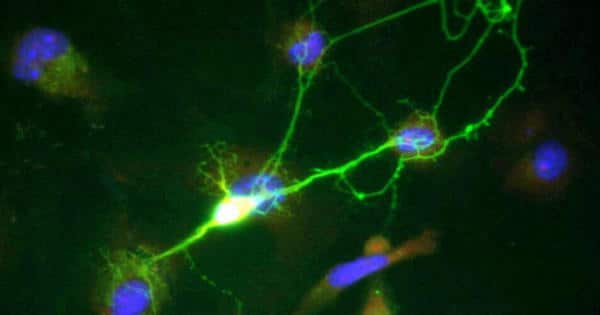A single neuron can choose between different patterns based on the properties of individual stimuli. A team of scientists from the Universities of Exeter and Auckland has made a significant breakthrough in their quest to better understand how neural systems process and store information. The researchers, led by Dr Kyle Wedgwood of the University of Exeter’s Living Systems Institute, made a significant discovery about how a single cell can store electrical patterns, similar to memories.
They compared sophisticated mathematical modeling to lab-based experiments to see how different parameters, such as how long it takes neurons to process signals and how sensitive a cell is to external signals, affect how neural systems encode information.
Scientists have made a breakthrough in the quest to better understand how neural systems are able to process and store information.
The researchers discovered that a single neuron can choose between different patterns based on the properties of each individual stimulus. The findings represent an important step toward gaining a better understanding of how information is encoded and stored in the brain, which could lead to new insights into the cause and treatment of conditions such as dementia.
The research is published in the Journal of the Royal Society Interface.
“This work highlights how mathematical analysis and wet-lab experiments can be closely integrated to shed new light on fundamental problems in neuroscience,” said Dr. Wedgwood of the University of Exeter’s Living Systems Institute. The fact that the theoretical predictions were so easily confirmed in experiments gives us great confidence in the mathematical approach as a tool for understanding how individual cells store activity patterns. We hope that this is the first step toward a better understanding of memory formation in neural networks in the long run.”

“The research shows that a living neuron coupled to itself is able to sustain different patterns in response to a stimulus,” says Professor Krauskopf of the University of Auckland. This is a fascinating first step toward understanding how groups of neurons respond to external stimuli in a precise temporal manner.”
The researchers made a significant breakthrough in understanding how a single cell can store electrical patterns, similar to memories. They discovered that a single neuron can choose between different patterns based on the properties of each individual stimulus.
“Neuronal communication occurs over long distances. The communication delay associated with this has a significant impact on the overall response of a network. This understanding is critical for understanding how neural systems encode memories, which is one of the most fundamental questions in neuroscience,” says Professor Tsaneva of the University of Exeter’s Living Systems Institute.
This phenomenon is demonstrated by researchers in a real biological cell. They demonstrate that the delay caused by the finite propagation speed of electrical impulses plays a critical role in the emergence of persistent multiple-spike patterns. They use a mathematical model to predict the coexistence of several such patterns and use a biological cell subjected to a dynamic clamp to confirm our predictions in a living mammalian system.
The findings represent an important step toward gaining a better understanding of how information is encoded and stored in the brain, which could lead to new insights into the cause and treatment of conditions such as dementia.
















